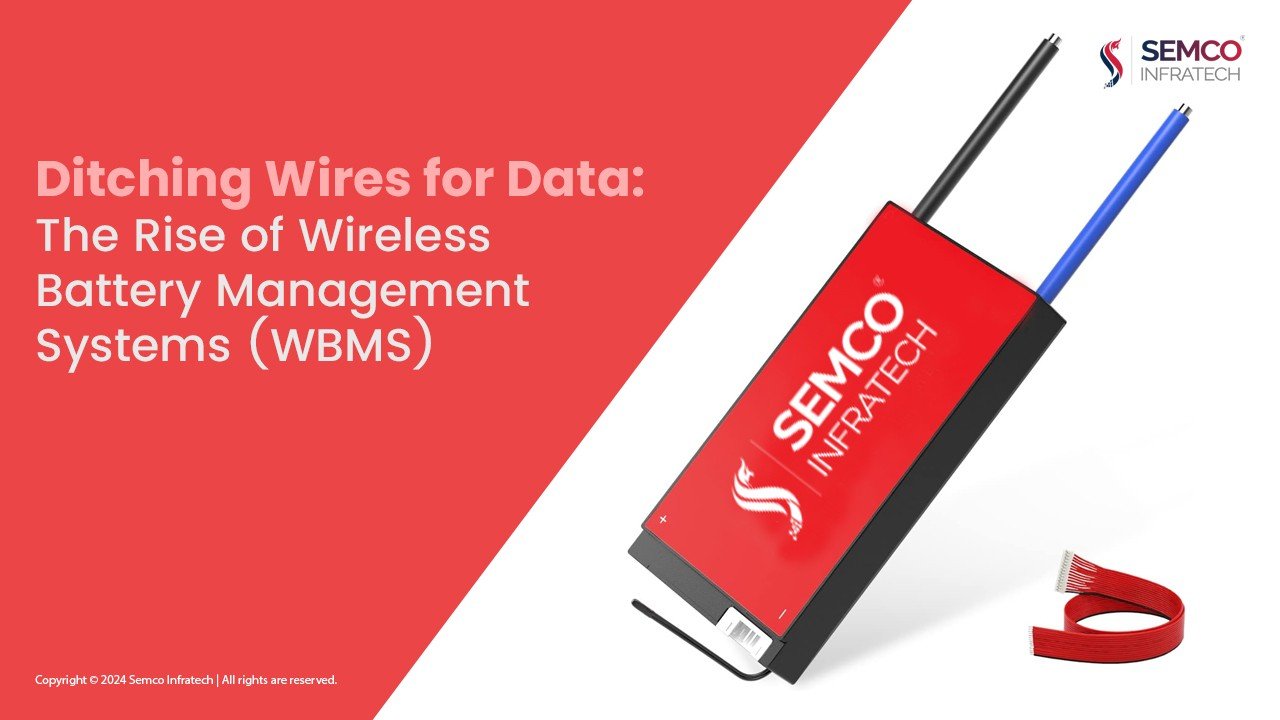The manufacturing of batteries is a meticulous process, involving several crucial stages that culminate in the creation of a functional and reliable power source. In this article, we explore the final step in battery production – the battery pack process. This critical phase brings together individual battery cells, combines them into modules, and equips them with essential components, ensuring they are ready to power a diverse array of applications.
Step 1: Connecting Battery Cells
The journey towards crafting a battery pack begins with assembling individual battery cells. These cells, having undergone the transformation process to optimize their electrical performance, are now ready to be connected. Before this, it is essential to clean the surface of the cells thoroughly. Once cleaned, the cells are connected side by side, forming the foundation of the battery pack.
The number of cells and modules required varies depending on the specific application model. This initial connection of battery cells sets the stage for the subsequent steps in the manufacturing process.
Step 2: Modularization
With the connected battery cells in hand, the next step is modularization. This process involves securing the interconnected battery cells within a module case. The cells are carefully arranged and fixed in place. To ensure that these cells function seamlessly together, they are connected using either a wiring harness or a busbar, facilitating the flow of electrical energy between them.
Once the cells are securely in place and connected, the module is sealed by closing the lid. This encapsulates the cells within a protective casing, marking the completion of a single module.

Step 3: Component Assembly
The journey towards a fully functional battery pack continues as multiple modules are assembled into a cohesive unit. The component assembly process involves interconnecting these modules, ensuring they work harmoniously to provide the desired power output.
The number of batteries and modules integrated into the battery pack can vary significantly based on the battery model and the intended application. This flexibility allows manufacturers to tailor battery packs to meet the unique energy requirements of different industries and devices.
Step 4: Applying the Battery Management System (BMS)
The final step in the battery pack manufacturing process is the application of the Battery Management System, commonly referred to as BMS. This crucial system plays a pivotal role in evaluating the charging status and service life of the battery pack.
The BMS incorporates battery monitoring units (CMUs) that constantly assess and balance the state of individual cells within the battery pack. This function ensures that each cell operates within its optimal range, enhancing both safety and performance. By carefully managing the battery’s operation, the BMS helps extend its service life, ensuring that it remains a reliable power source for an extended period.
Conclusion
The battery pack manufacturing process is a multifaceted endeavor, culminating in the creation of a versatile and dependable energy source. Assembling battery cells into modules, interconnecting these modules, and applying a sophisticated Battery Management System enable these battery packs to power an extensive range of applications across various industries.
In an ever-evolving world that relies on portable and efficient power sources, the battery pack manufacturing process continues to play a crucial role in driving innovation and enabling technological advancements. Whether it’s for electric vehicles, consumer electronics, or renewable energy storage, battery packs are at the heart of modern energy solutions, providing the power needed to fuel our lives.






